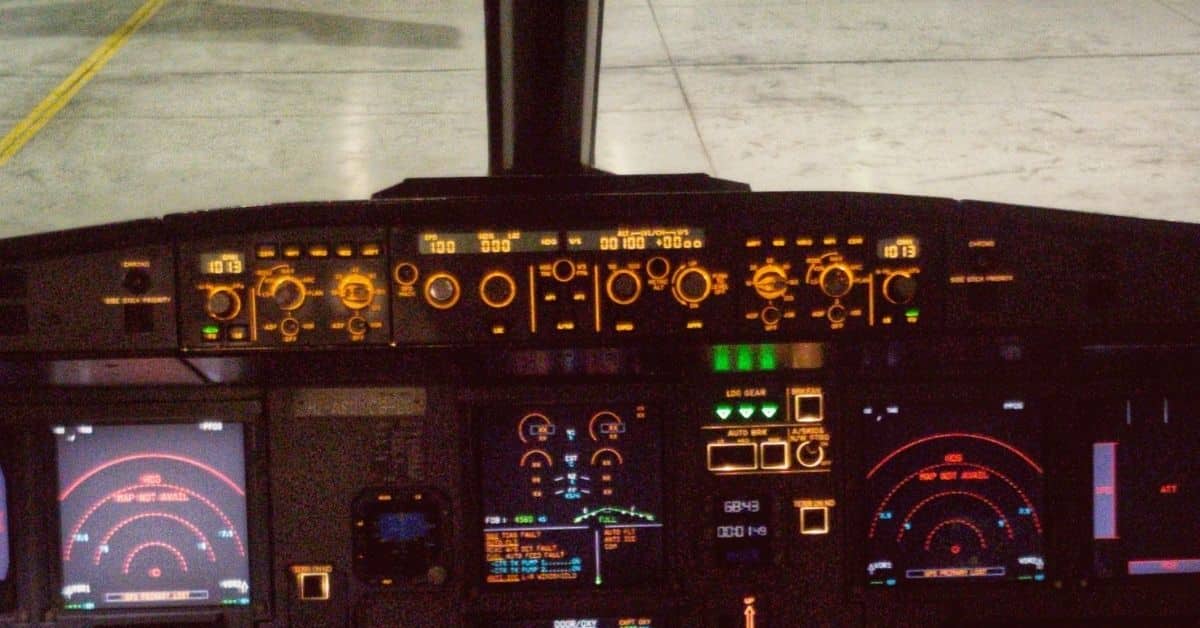From a phrase quoted in the 1980 comedy film Airplane, “What’s Our Vector, Victor?” refers to the captain of the aircraft requesting instructions from Air Traffic Control (ATC). Although the exact phrase “Vector, Victor” is a humorous attempt at alliteration in the film dialogue, there is an actual technical context to this phrase.
Aviation phraseology is a term assigned to a series of industry recognised technical terms which aviation professionals such as pilots, ATC, engineers, and ground staff use to communicate to each other.
These terms are internationally recognised, which avoids the potential for communication barriers between people of different nationalities.
When a pilot requests vectors from ATC, they are requesting directional guidance. This directional guidance falls under navigating via degrees or also known as magnetic heading. For example, a heading of 270 degrees is magnetic west.
In controlled airspace, vectors are usually requested by pilots when looking to perform an arrival and/or approach.
Arrival Vectors and STARs
Typically, instrument flight involves performing an arrival and approach using what is known as Standard Terminal Arrival Procedures (STARs).
STARs are fixed flight paths for an aircraft to fly on a specific set of waypoints. STARs are specific to the instrument approach and runway in which the aircraft is arriving on.
STARs typically also have a published set of altitude and speed restrictions which the aircraft must follow. However, deviations can be made where permitted by ATC.
However, if a STAR is unavailable for an aircraft to fly or there is urgency for the aircraft to expedite landing (in an emergency for example), the pilots may request and/or be given vectors by ATC.
Vectors may also be issued in busy airspace in which STARs do not allow for adequate spacing of aircraft. In this case, aircraft will deviate from the selected STAR.
A series of vectors may be issued in these circumstances in which the aircraft can then proceed to land. These vectors will typically consist of heading, speed, and altitude instructions for the aircraft to follow.
These instructions being given by the ATC, which utilise radar systems in the control tower to monitor the aircraft and traffic in its vicinity.
Aircraft may be issued with vectors to facilitate establishment with the glideslope and/or localizer for a specific approach.
Departure Vectors
Aside from being assigned vectors when flying arrivals, aircraft may also be given departure vectors in some instances.
Departure vectors are typically issued in busy airspaces in which aircraft are required to deviate from flight paths to allow for adequate spacing with other aircraft.
Departure vectors are generally given by ATC to an aircraft after take-off in which a heading will be assigned to the aircraft.
This practice is commonly seen with slower, turboprop aircraft at busy airports, in which they may be requested to deviate from the departure flight path promptly to facilitate other aircraft.
Read More:
What is Contact Flight? | Aviation Glossary
This is an updated article. Originally posted on December 21, 2021 @ 6:35 pm

After visiting more than 60 countries, I have probably been on every type of plane there is and visited countless airports. I did my very first international solo trip to South Africa at the age of only 16 and haven’t really stopped traveling since.
Despite the adventurous travel itch, I do have a nerdy side as well – which is satisfied by writing about all things aviation “too boring” for my regular travel blog.
